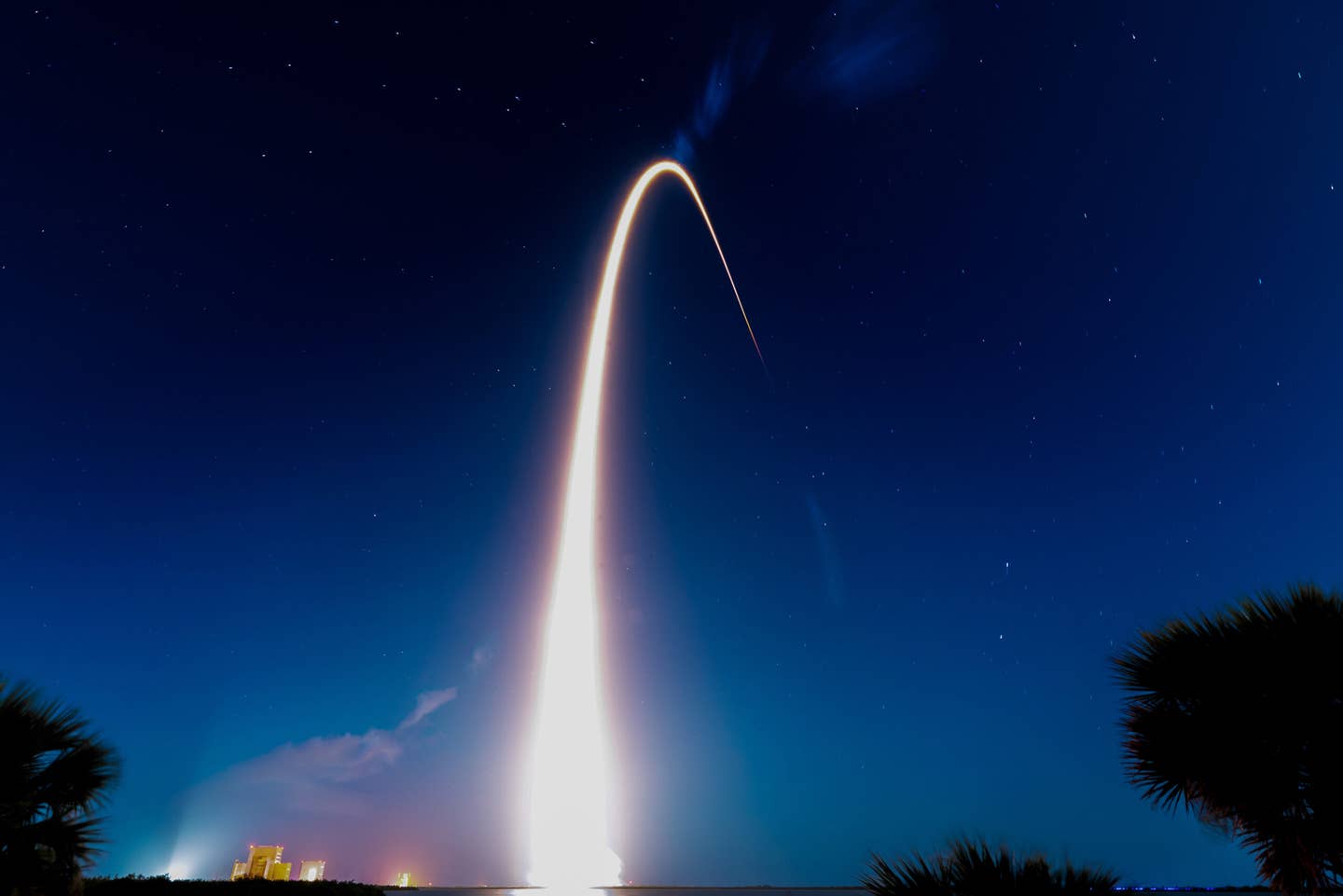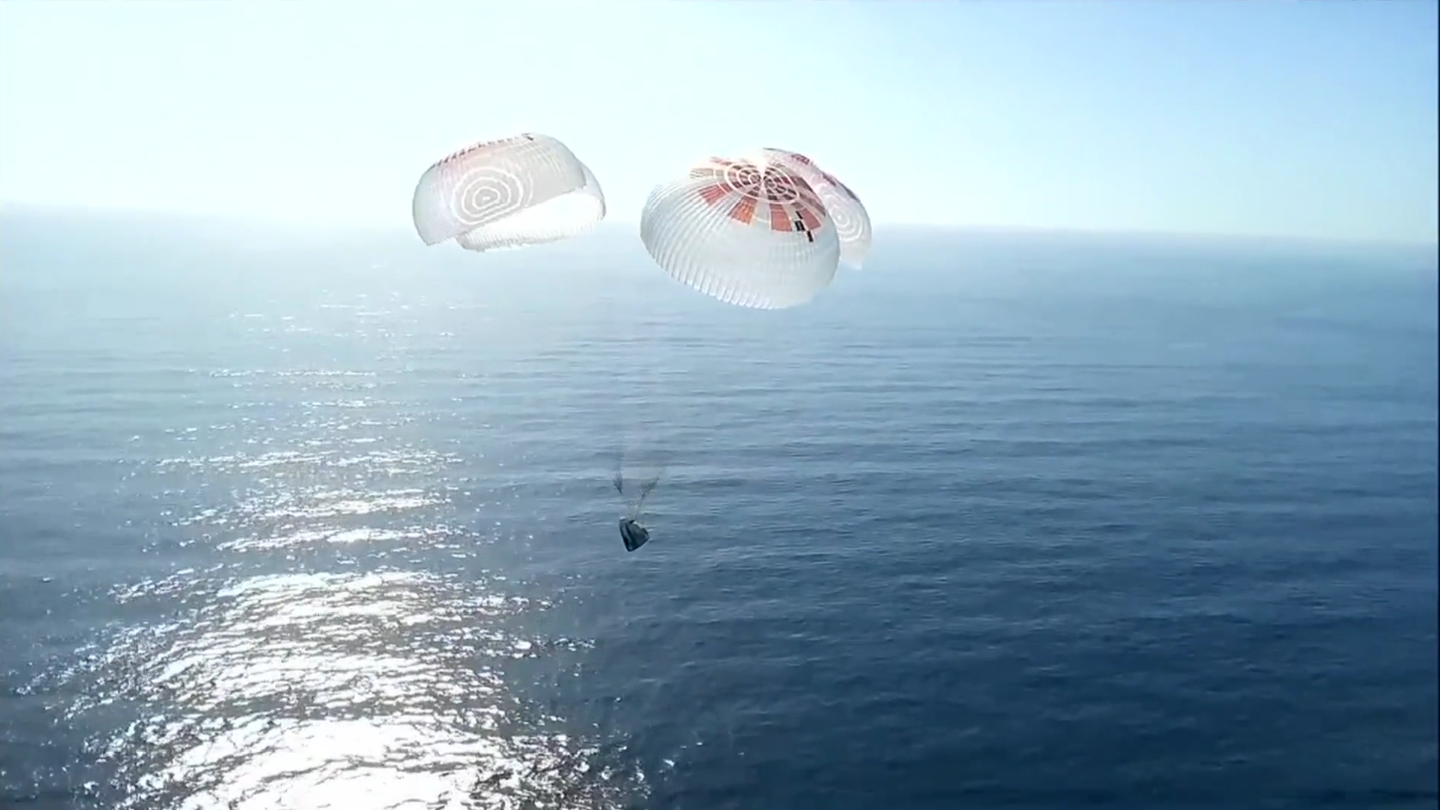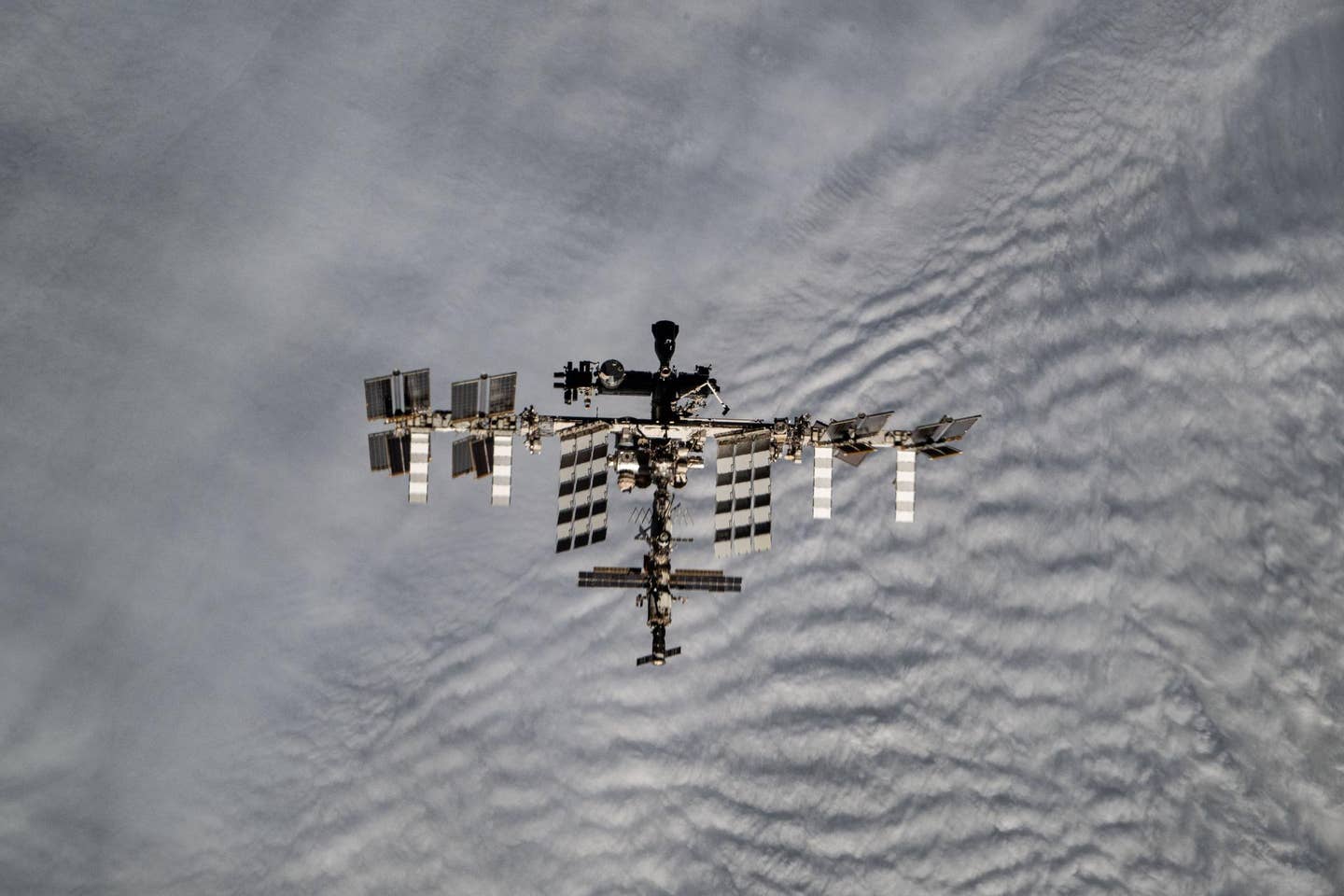Astronauts Test Artemis Moon Camera
The Handheld Universal Lunar Camera in development has a blanket for dust and thermal protection, as well as ergonomic buttons for use with bulky gloves.

ESA astronaut Thomas Pesquet documents field exploration in the lunar-like landscapes of Lanzarote, Spain. [Courtesy: European Space Agency]
Testing is underway for a new camera to be used by Artemis III astronauts to document the first steps on the moon's surface in more than 50 years, according to the European Space Agency (ESA).
The NASA-developed Handheld Universal Lunar Camera (HULC) is a mirrorless, hand-held camera built from off-the-shelf cameras and modified for the unique operational conditions of space.
"Mirrorless cameras provide excellent image quality in low light situations, making [them] well suited to the challenging, high-contrast environment of the moon," ESA said..
NASA engineers added a blanket to protect the HULC from dust and add protection from temperatures that range from minus-200 to 120 degrees Celsius (minus 328 to 248 degrees Fahrenheit). Also added were large, ergonomic buttons to make it easier to operate with bulky gloves.
“The lunar camera will be one of many tools they will need to handle on the moon, so it should be easy to use," said Jeremy Myers, NASA’s lead engineer for the HULC camera. "The human factor is a big deal for us, because you want the camera to be intuitive and not taxing on the crew."
Astronauts participating in ESA's Pangaea training course in Lanzarote, Spain, recently had the opportunity to use the HULC. The Pangaea course offers an opportunity to learn field geology and astrobiology in an environment considered a geological analogue for future exploration missions to the moon and Mars.
During the course, ESA astronaut Thomas Pesquet used the camera in broad daylight, as well as in dark, volcanic caves in order to simulate the extremes of conditions expected.
“The engineers have done a really good job reconfiguring the buttons and arranging them in a simple yet reliable protection for the camera,” Pesquet said.
Pesquet has conducted two missions to the International Space Station (ISS), where he took more than 380,000 photos, according to ESA.
"I spent a lot of time learning what you can do with the cameras available in orbit," Pesquet said. "It is not just point and shoot. On the moon, just pressing the buttons in auto mode won’t be good enough.”
The Artemis III mission planned for 2025 is set to send astronauts in search of water ice evidence at the lunar south pole near permanently shadowed craters.
“Conditions for photography will be tricky in many ways, from operating the camera with the gloves on to very low light levels and big contrast between bright and dark sources,” Pesquet said.
Development on the HULC interface and its housing continues to evolve, with one version expected to be used at ISS for additional testing in the near future, ESA said.
“We will continue modifying the camera as we move toward the Artemis III lunar landing,” said Myers. “I am positive that we will end up with the best product—a camera that will capture moon pictures for humankind, used by crews from many countries and for many years to come.”
Watch: The Moon Camera

Sign-up for newsletters & special offers!
Get the latest FLYING stories & special offers delivered directly to your inbox






